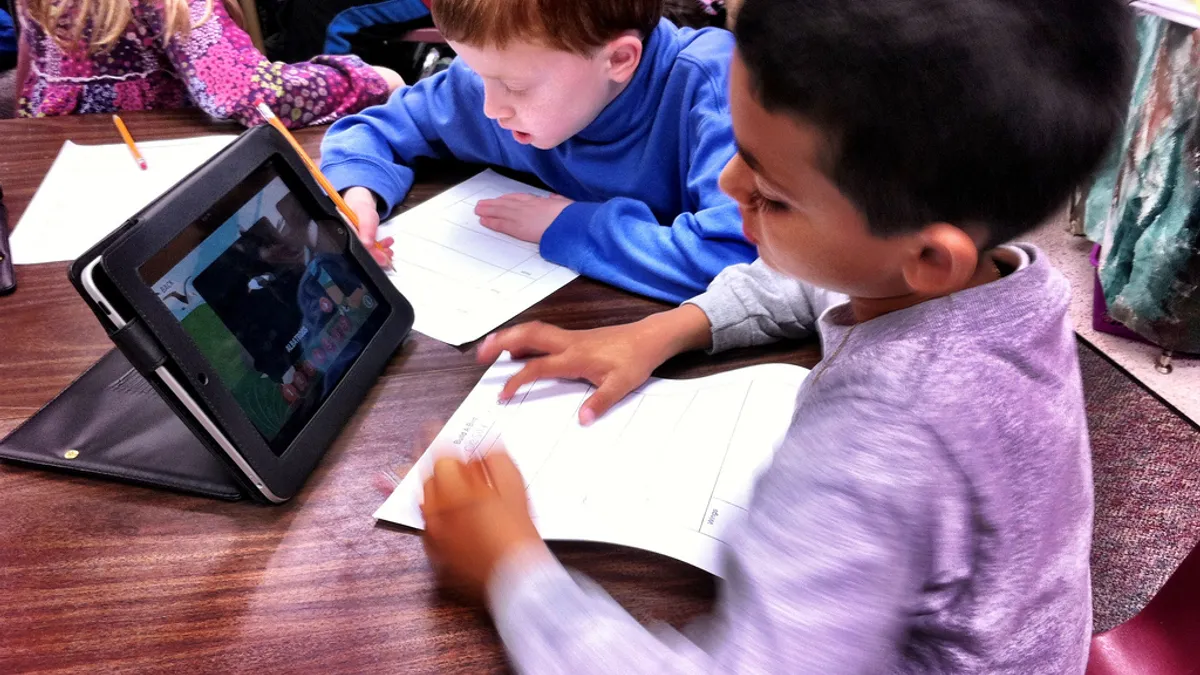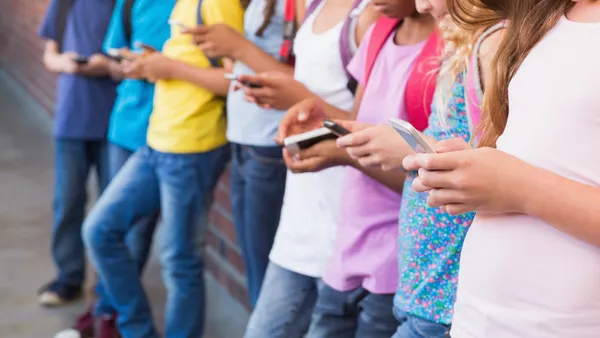Dive Brief:
- Data from the Journal of Blacks in Higher Education shows that a 20-point gap in graduation rates between black students and their white peers 60 years after Brown v. Board of Education.
- Judging inequity by access to education alone doesn’t account for deeper societal problems.
- Disadvantaged students need more than funding in their schools, they also benefit from innovative learning models.
Dive Insight:
Over time, U.S. income disparity has widened. Writer Julia Mujic calls the connection between classroom opportunity and economic mobility “misleading,” saying that funding alone doesn’t help disadvantaged students enough, although rates of college enrollment for black students have gradually risen.
Recent studies show that differences in how students of different races or economic backgrounds perform within the same school "may contribute more to the achievement gap than differences between schools." A "discipline gap" also impacts minority students, who are suspended at a rate higher than their white peers.






 Dive Awards
Dive Awards





